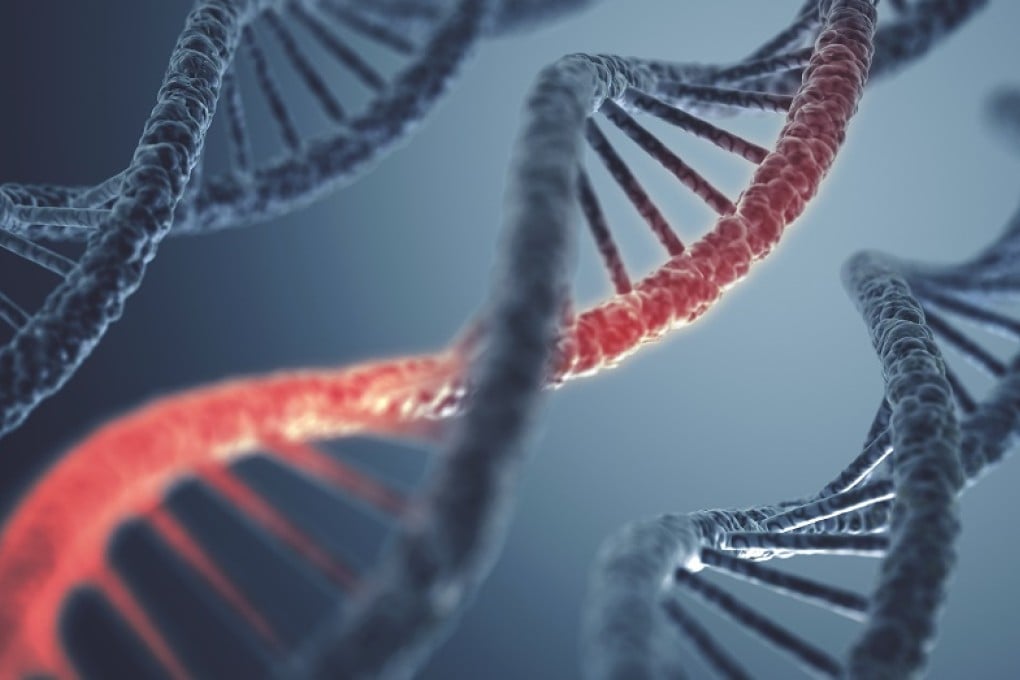Big data analysis reveals gene interactions in cancer
PolyU researchers have developed a novel big data platform for analysing gene interactions in cancer, which was not possible in previous observation.

[Sponsored Article] PolyU researchers have developed a novel big data platform for analysing gene interactions in cancer, which was not possible in previous observation. It has helped identify potential diagnostic and therapeutic target genes in leukemia.
One of the medical conditions not yet conquered by science is cancer, that group of diseases brought on by abnormal changes in genes. While cancer research is being given top priority worldwide, finding the genes responsible is a daunting task given that the human genome features more than 20,000 protein-coding genes.
Conventional method of identifying cancer gene markers focuses on changes in individual genes across the entire genome when cancer patients and healthy people are compared. The interactions among genes and their systemic changes that compose the complicated cancer mechanism are unfortunately neglected. The probable reason for this is that combinations of gene pairs increase geometrically with the number of genes of interest, so analysis could involve about 200 million possible pairs.
Moving away from the limitations of convention, a research team from the Department of Health Technology and Informatics at PolyU has developed a groundbreaking big data analysis platform that detects gene pair interactions in cancer with incomparable effectiveness. Critical to the team's success was its multidisciplinary nature, with a range of perspectives offered by its leaders. Prof. Benjamin Yung is a renowned biomedical scientist with specific expertise in cancer biology, trained and inspired by Prof. Arthur Kornberg, 1959 Nobel Laureate in Physiology or Medicine. Dr Cesar Wong is a clinical scientist specialising in cancer genomics and biomarker development related to cancers common in Asia. Dr Lawrence Chan takes a mathematical focus, with expertise in bioinformatics and artificial intelligence control.
Together, the trio brought their range of skills to bear on developing the platform, which can analyse the interactions of those 200 million gene pairs in only two days – an unprecedented scientific foundation for the analysis of cancer-specific difference in co-expression. Conventional method looking at individual genes would require 200 million experiments, which would be an almost infeasible undertaking.
Focusing on Chronic Myelogenous Leukemia (CML), a bone marrow cancer that appears most often later in life, the research team hypothesised that genes participating in the same cancer mechanism would be co-expressed. In other words, their levels of expression would be related to each other. That, in turn, would allow the team to detect gene co-expression networks and help them to decipher the mechanism underlying the cancer.
The team achieved this with help from biostatistics experts at Harvard University, who worked with them to perform a large-scale computer simulation that established a feasible method for analysing cancer-specific differences in co-expression. That again is indicative of how valuable a multidisciplinary approach can be, and of how important cross-institutional collaboration in areas such as chemistry, pathology and biostatistics is to scientific advances.
New targets for treatment
With an effective analysis platform, the research team identified a threshold with which to classify networks of strongly co-expressed genes using expression data from CML patients. They found that networks associated with Nucleophosmin 1 (NPM1) – a gene involved in the biogenesis of protein-making ribosomes that has long interested Prof. Yung – established co-expression links with abnormally large ribosomal protein networks and pathways of the BCR-ABL oncoprotein, a known contributor to the pathogenesis of CML.
The team suggested that NPM1 may be an important mediator, connecting the BCR-ABL network to ribosome biogenesis and, hence, protein synthesis and cell growth.
A further finding was that in CML, transcription factors – proteins involved in transcribing DNA to RNA – target different genes than they usually would, altering network links.
The most obvious benefit of the team's findings is that an NPM1-oriented strategy could be developed for treating CML, enabling more precisely targeted therapy. Yet as Dr Wong explained, the analytical results are only the start: "We still need to process cell culture experiments to verify the results; then preclinical trials in animals will be conducted for further verification. After that, clinical trials need to be conducted by pharmaceutical companies to ensure safety and effectiveness." When that process is complete, targeted therapy can become more targeted after knowing the gene interactions, co-expressions, the transcription factors and pathways.
An additional benefit is likely to be improved anti-cancer drug efficacy. With drug resistance commonly occurring after three to five years of treatment, the platform could play a critical role in identifying low drug-resistant target gene markers, allowing more effective drugs to be developed.
In a more general sense, the findings will allow biomedical scientists to better understand cancer pathogenesis. The platform developed will also make possible further contributions to the field, as it can be readily applied to other diseases for diagnostic, prognostic and therapeutic investigation.
"The team is now investigating over 1,000 cases of colon cancer collected from local hospitals. In the future, we will also analyse breast cancer," said Prof. Yung. Indeed, the team is looking forward to collaborating with local and Asian medical organizations to analyse breast and colon cancers in Asian genes.
The team's findings have been published in Scientific Reports, a leading multidisciplinary science journal of the Nature Publishing Group. With this analytical breakthrough, scientists are one step closer to better understanding cancer and what makes it possible.